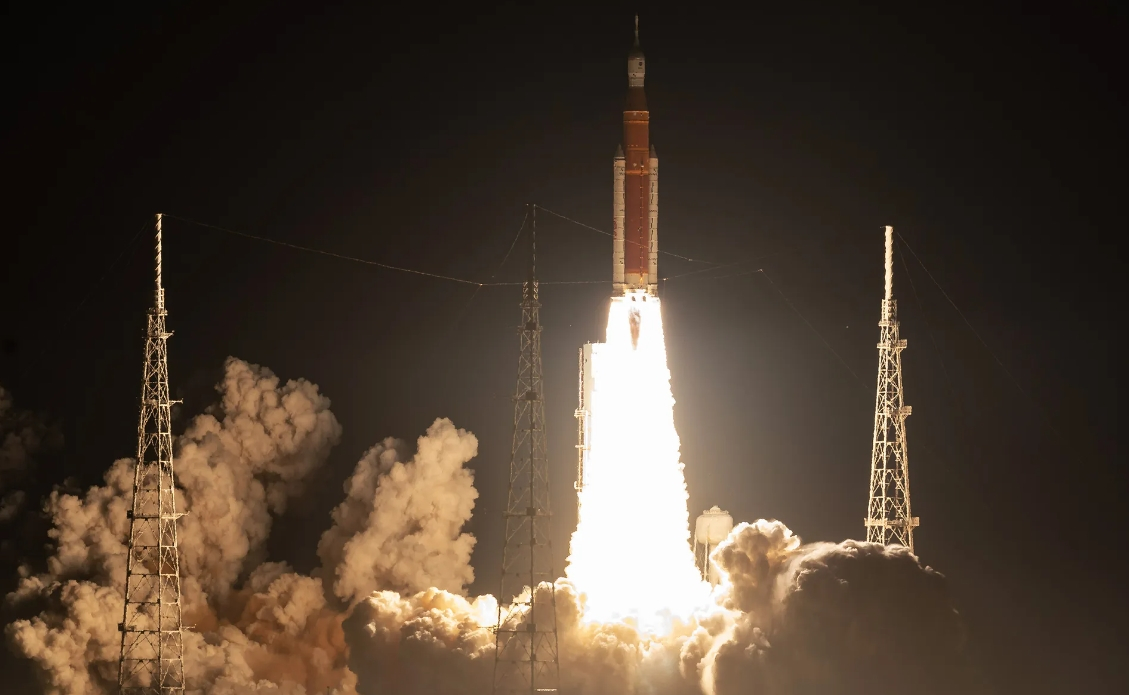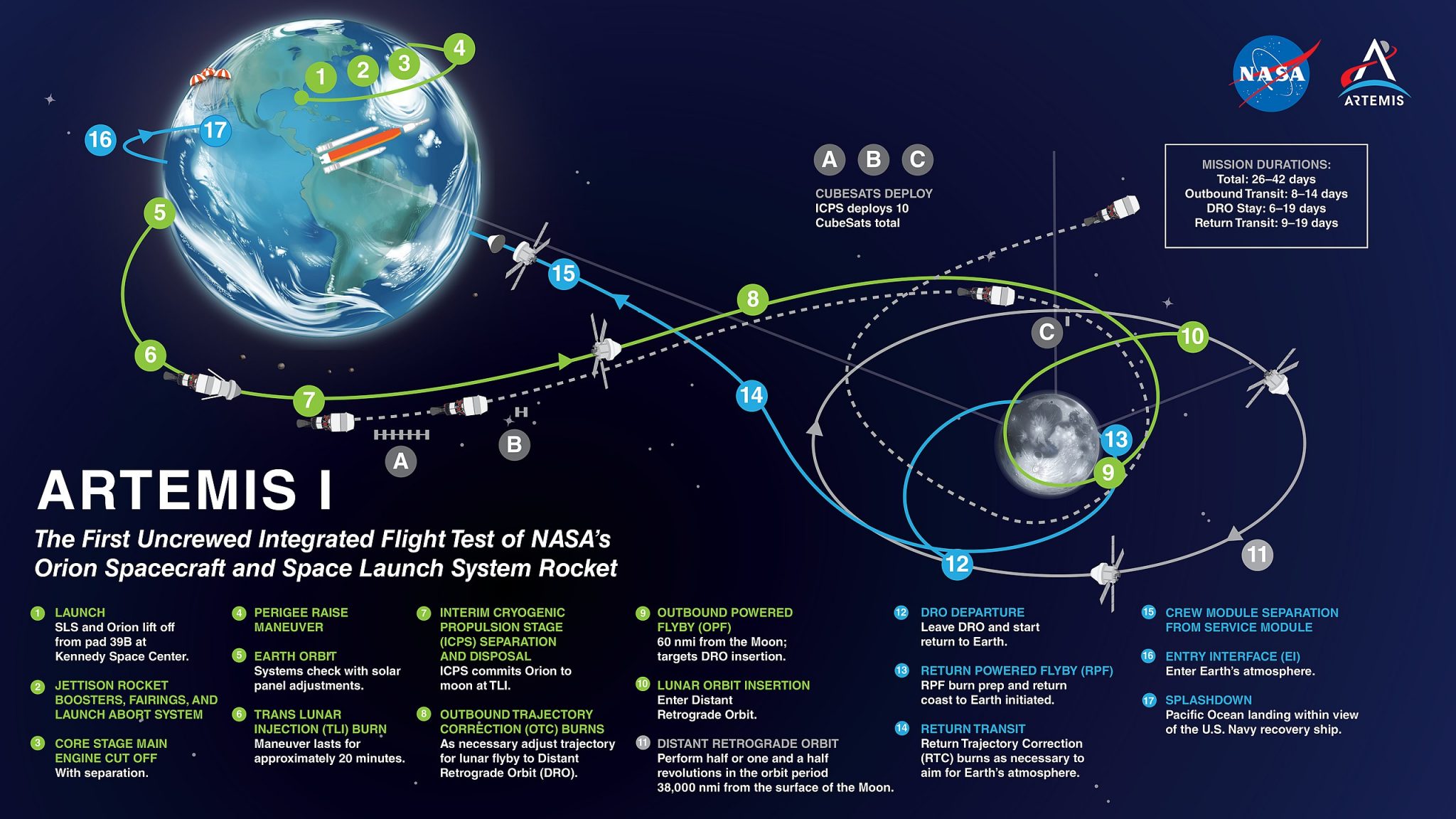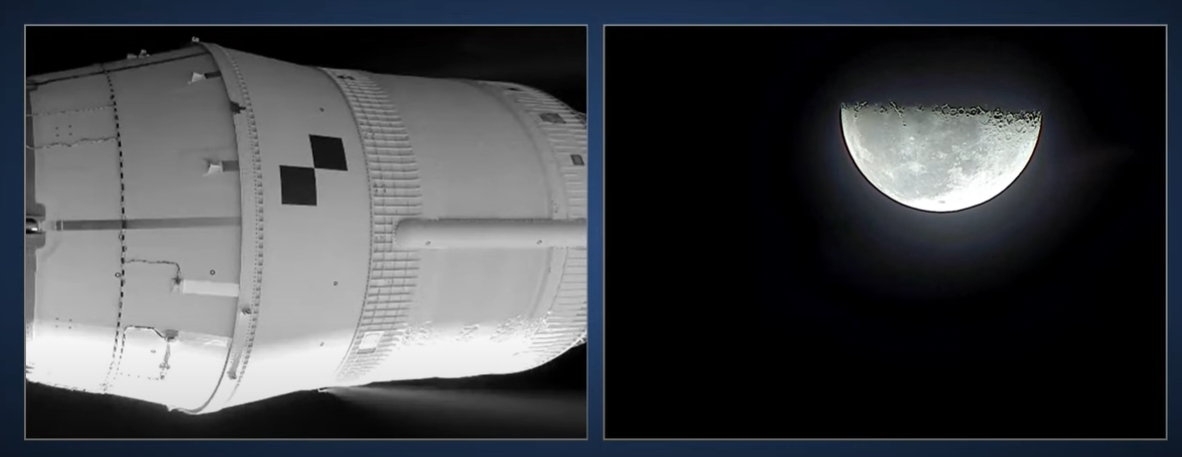The Artemis I mission has started - NASA has finally sent an SLS rocket with the Orion spacecraft, which will orbit the Moon and return to Earth

The National Aeronautics and Space Administration (NASA) not at the first attempt, but still managed to launch a giant rocket Space Launch System (SLS) with the Orion spacecraft, giving the start of the lunar mission Artemis I. This time the agency was not hampered by problems with loading fuel tanks, nor by weather which damaged parts of the rocket and the spacecraft.
Here's What We Know
Artemis I is the first of at least nine missions in the Artemis lunar program. On Nov. 16 at 08:47 a.m., an SLS rocket launched from Kennedy Space Center pad 39B with the Orion spacecraft. A few minutes after launch, the spacecraft and the second stage separated from the main launcher.
We are going.
- NASA (@NASA) November 16, 2022
For the first time, the @NASA_SLS rocket and @NASA_Orion fly together. #Artemis I begins a new chapter in human lunar exploration. pic.twitter.com/vmC64Qgft9
Orion will use its second stage to reach a pre-determined destination, and then set sail for the moon on its own. The journey will take 25.5 days. During this time the spacecraft will bypass the natural satellite of the Earth and return to the planet on December 11, 2022.

Orion currently has no astronauts on board. The first manned flight will take place as part of the Artemis II mission, which is scheduled for 2024. For the first time since the Apollo program, humans will land on the moon in 2025 as part of Artemis III.

In 2027, NASA plans to launch the Artemis IV mission, sending astronauts to the Gateway lunar orbital station, which will begin construction in two years. The Artemis V-IX missions will allow the astronauts to operate at full capacity on the lunar surface, taking full advantage of the infrastructure they have built over the years, including rovers and scientific equipment.
Source: NASA